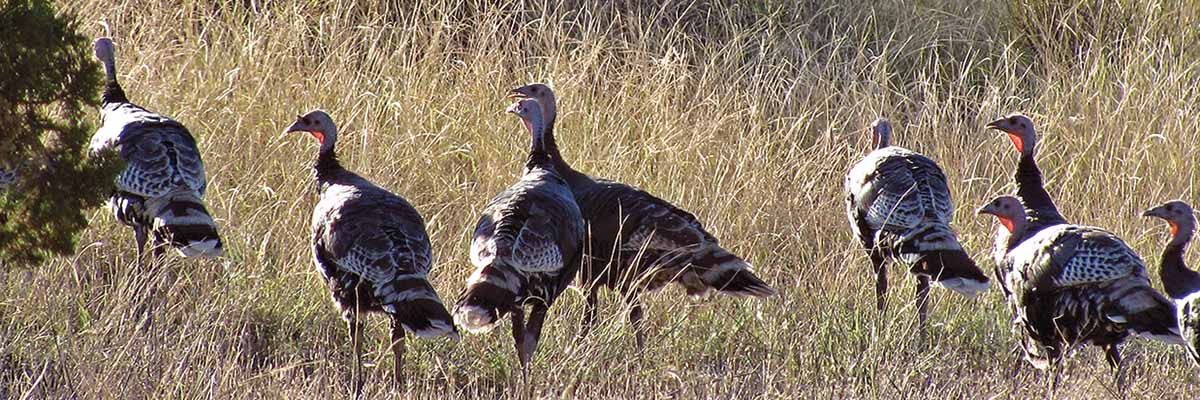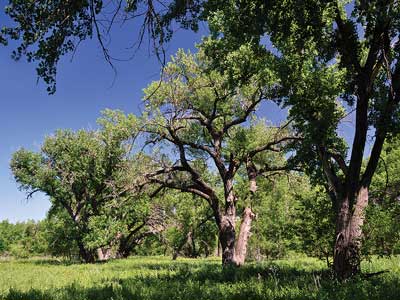Colorado Plains
The Great Plains is a unique grassland prairie ecosystem that extends from Northern Canada to Southern Texas and east from the Rocky Mountains.



About Colorado Plains
The prairie ecosystems of Colorado sustain some of the most diverse wildlife populations in the state, and are home to unique hunting and recreational opportunities. In addition, the Colorado plains support a vibrant and vigorous agricultural economy, sustaining local communities and producing food for our nation.
The Great Plains
Much of the eastern half of Colorado is part of the Great Plains, a unique grassland prairie ecosystem that extends from Northern Canada to Southern Texas and east from the Rocky Mountain. Prior to settlement, wildfires played a frequent and important role in preserving these ecosystems. Agriculture and development altered this ecosystem and shaped it into today’s plains.
 Forests on Colorado Plains
Forests on Colorado Plains
- Riparian forests along the major river corridors
- Agroforestry plantings for windbreaks and shelterbelts on agricultural lands
- Plantings for various wildlife and recreational areas
- Community forests in cities and towns.
Except for the naturally occurring riparian forests, most of the trees on the plains have been planted to modify the harsh, windy environment and make it more suitable for humans, animals and crop production. The Colorado State Forest Service Nursery has been a reliable and important source of tree and shrub seedlings for these conservation plantings.
Learn About Forestry on Colorado Plains
As Colorado’s population continues to grow, significant and rapid construction expands into once “wild” prairie and forested landscapes. The increasing number of homes and traffic in these areas brings a heightened risk of accidental fire starts and escapes. Grasses are dry during much of the year; they ignite quickly and fire spreads rapidly. Having your home or property on or adjacent to these abundant dry fuels puts you and your property at risk. Residents need to know what measures to take to help reduce wildfire risks.
- Agroforestry
- Colorado Land Ownership
- Planting Trees for Conservation
- Selecting, Planting & Caring For Trees
- Urban & Community Forestry
- Wildfire Risks on the Plains


 Forests on Colorado Plains
Forests on Colorado Plains